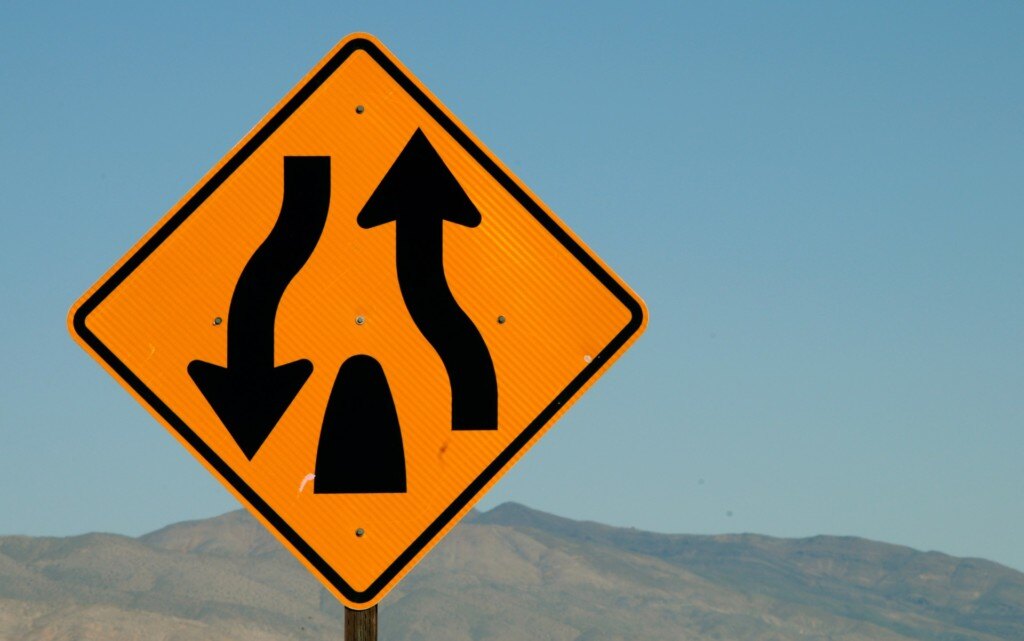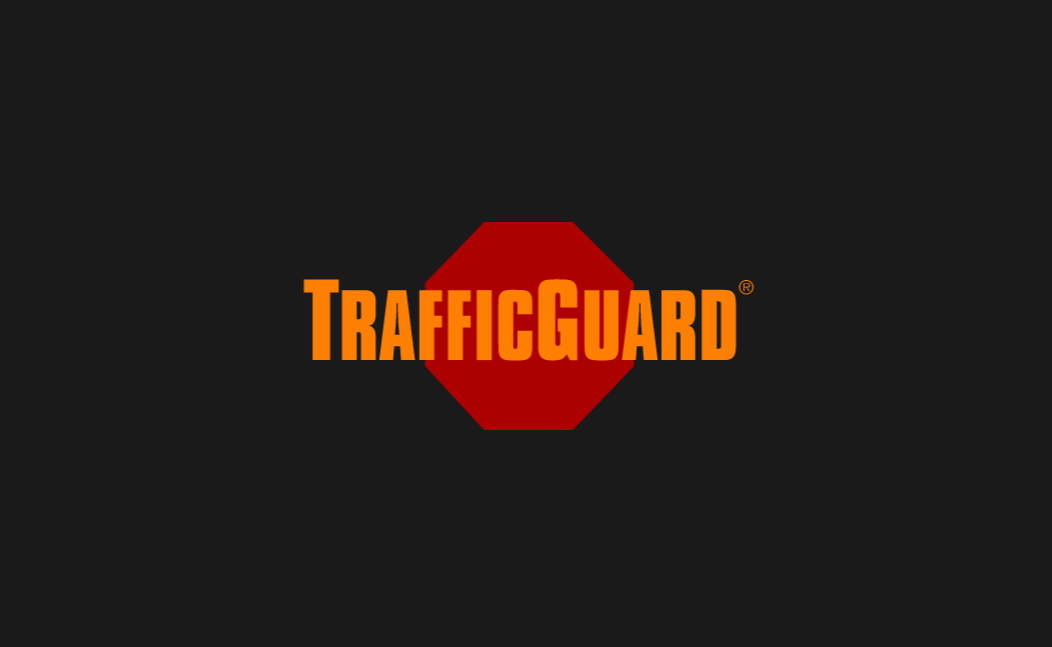Building Impact Protection, Traffic Flow, Safety Laws and Regulations
The Ultimate Guide to Traffic Control Devices
Many businesses and a wide range of other facilities require the installation of traffic control devices on the premises. These regulatory devices on the road can vary in type and purpose, with many different options available to keep a wide range of properties protected from vehicle damage. These types of traffic control devices can also assist in protecting pedestrians.
What Are the Different Types of Traffic Control Devices?
The main requirement for traffic control devices is a combination of attention, time for response, and respect of road users. There are several different types of traffic control devices that are designed to redirect traffic away from property and pedestrians. There are several different types of traffic control devices that property managers can use to keep people and facilities safe.
Road Signs
Traffic signs are one of the best ways to divert vehicles, regulating traffic by informing them of when they need to stop or by displaying typical speed limits. Depending on the extent of the roads on the property, different precautionary signs may be ideal, such as signs that indicate a merging point, roundabout, or turn options.
The three main types of signs that properties can utilize for traffic control, including:
- Regulatory signs - Signs that display speed limits and messages such as "slow," "stop," or "do not enter."
- Warning or caution signs - Signs that provide drivers with specific warning or cautionary messages regarding slippery roads, y-intersection signs, roundabout signs, narrow roads, pedestrian crossings and more.
- Informatory signs - Signs that indicate where certain services or attractions are located ahead along with their distance, such as gas pumps, rest areas, restaurants, and parking.
A combination of these signs can make sure that drivers and pedestrians are aware of their surroundings, helping to prevent future accidents from occurring.

Traffic Signals
Properties can use traffic signals along with signs to direct traffic, in the form of simple traffic lights. Traffic signals should typically meet the criteria of being able to draw attention, provide meaning and sufficient time to respond, and to minimize wasted time.
Traffic control signals normally include a clear green, yellow, and red light to manage traffic flow, while pedestrian signals indicate when it is safe for them to cross a designated crosswalk.
Typically, only areas with main roads will utilize these types of traffic control devices.

Road Markings
Another type of traffic safety device is applied to the road itself. Road markings consist of lines, patterns, words, reflectors, or symbols that appear on the pavement, curb, sides of islands, or on fixed objects nearby.
Specifically, these markings will include:
- Pavement markings - Markings on the road itself that are typically made of white pain, with yellow markings indicating parking restrictions or lanes.
- Curb markings - Along roadside curbs, these markings can indicate parking regulations and more, and may appear with alternating black and white lines to increase visibility from a longer distance.
- Object markings - Certain physical obstructions and hazards may include specific labels to warn drivers and pedestrians.
- Reflectors - Reflective markings on the road can guide drivers safely during the night, with some hazard markers capable of reflecting light from a distance of up to 500 feet.
Traffic Bollards
Another important type of traffic control device is the traffic bollard, which can protect people from harm and property from damage in the event of accidental or intentional crashes.
Pedestrians should feel comfortable in knowing that they are safe from injury, while property should remain consistently protected from unintentional vehicle damage along with criminal activity such as ram-raiding incidents, which are increasingly common.
There are three main types of traffic posts to deter drivers, providing both physical and visual protection:
- Removable posts - These traffic posts allow for users to easily remove them and set them up when needed, providing temporary protection for locations when they're experiencing heavy vehicle or pedestrian traffic. Depending on the size and strength of the removable traffic bollard, it can function as either a visual or physical deterrent.
- Collapsible posts - Also ideal for temporary protection, collapsible bollard posts are permanently installed in certain locations, but users can raise and lower them depending on the required clearance. These are useful for locations such as parks that normally restrict vehicles, but may allow temporary entry for utility or emergency vehicles that need to pass.
- Fixed posts - Unlike removable and collapsible bollards, fixed traffic posts are permanent fixtures that can provide physical protection from vehicle impact. They are available with embedded or surface mounted installations, depending on the type of surface. These are ideal for locations that require consistent protection, such as storefronts and building perimeters.
Many types of locations will require a combination of these traffic bollards to provide sufficient protection against vehicle damage, with a variety of vehicle access points and pedestrian entrances that could otherwise remain vulnerable.
In some instances where the application calls for it, Traffic bollards that have been tested for low-speed vehicle crashes may be appropriate. The organization responsible for these standards in the U.S. is the American Society for Testing and Materials (ASTM), for which many bollards have undergone testing in low-speed crash environments. ASTM F3016, specifically, is a test standard to determine a bollards ability to arrest a 5,000 lb. vehicle at 10, 20 or 30 MPH.
Use a System of Traffic Control Devices on Your Property
If you're concerned about the safety of your facilities along with pedestrians who visit your premises, consider the necessity of one or more of each type of traffic control device for your property.
For high-quality traffic bollards that can provide the best physical protection against vehicle impact and visual deterrence, contact TrafficGuard today.




